January 5, 2025 | 05:00 GMT +7
January 5, 2025 | 05:00 GMT +7
Hotline: 0913.378.918
January 5, 2025 | 05:00 GMT +7
Hotline: 0913.378.918
The conference on enhancing state management of cultivation area codes and packaging facilities for export, held on August 24th in Lang Son, attracted hundreds of businesses and numerous localities in attendance.
Dr. Tran Minh Hai, Deputy Rector of the School of Public Policy and Rural Development (The Ministry of Agriculture and Rural Development), believes that the issuance of cultivation area codes and packaging facility codes at the local level has progressed favorably. This is a highly appropriate strategy as the Ministry of Agriculture and Rural Development has decentralized responsibilities to the Plant Protection and Plant Quarantine Sub-Departments in provinces. This approach is very effective in enabling localities to proactively take responsibility for cultivation area codes, exercise control over the associated documentation, prevent errors, and facilitate the advancement of these tasks.
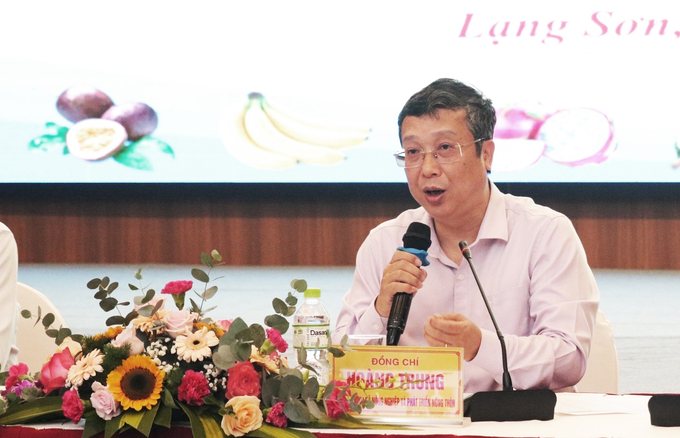
Deputy Minister of the Ministry of Agriculture and Rural Development, Mr. Hoang Trung, emphasized that strict measures will soon be in place to ensure that businesses and individuals collaborate to establish sustainable and professional cultivation area codes and packaging facility codes. Photo: Duy Thai.
However, there are still several issues to consider. Firstly, the time required for submitting applications and awaiting verification and practical inspection by China often takes a long time. For instance, even though the list was submitted in March 2023, appointments for verification were only scheduled in August 2023. This delay occurs despite the fact that the harvest of these products had already concluded.
Secondly, the current management of cultivation area codes is somewhat lax, allowing certain businesses to exploit the situation and affect the integrity of cultivation area and packaging facility codes. For instance, a durian cultivation area code in the Central Highlands might be used even after the harvest season, with products from the Mekong Delta being associated with the code of the Central Highlands, and similarly, codes from the Mekong Delta are applied to products from the South Central Coast or Southeast region. This practice causes significant losses to the rightful owners of cultivation area codes, often the farmers who have entrusted full authority to the businesses.
Sharing this viewpoint, a representative from the province of Tien Giang stated that delays in the approval of applications for cultivation area codes and packaging facility codes by importing countries will impact the export of fresh fruits within the province.
Tien Giang Province also highlighted the challenge of inadequate information about production capacities of packaging facilities and export businesses for various exported fruits. This lack of information poses difficulties in the management process, particularly in terms of tracing production quantities and the origins of products from these packaging facilities.

The inspection and supervision of cultivation area codes still face many difficulties and are somewhat loose. Photo: TL.
Additionally, there are no official regulations detailing administrative penalties for cultivation areas and packaging facilities that do not adhere to export regulations or engage in fraudulent activities related to the use of codes. Specific regulations regarding ripeness, size, appearance, and quality of each type of exported fruit, especially durians, have not been established.
Cultivation areas that have been assigned codes have not fully complied with the electronic record updating on the software system as guided by the Department of Crop Production and Plant Protection, leading to the risk of these codes being revoked.
These cultivation areas have also not proactively proposed monitoring before each harvest as required. The supervision of the linkages in purchasing agricultural products within these cultivation areas has not received sufficient attention from local authorities. The coordination between cultivation areas and packaging facilities in terms of consumption has not been closely monitored, and agreements regarding prices have not been established, resulting in limited sales of the cultivation area's certified products to packaging facilities.
Numerous businesses have applied for cultivation area codes, particularly those from outside the province, without establishing strong connections with local farmers in the cultivation areas. Many cultivation areas and packaging facilities still do not maintain the required conditions set by importing countries, especially in the case of the Chinese market.
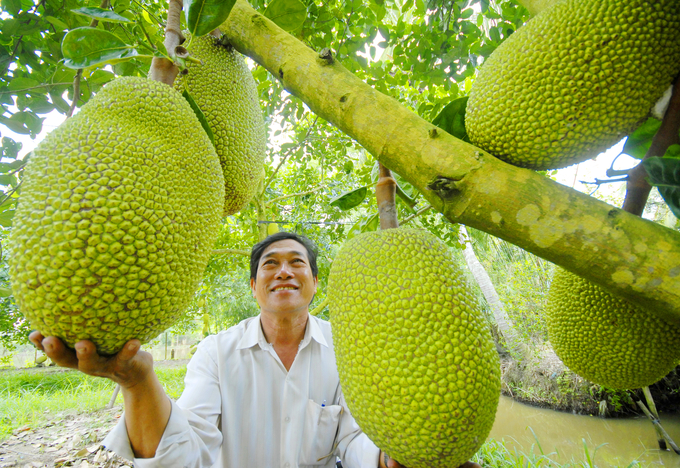
The information and dissemination work regarding the significance and regulations of cultivation area codes still face several limitations. Photo: LHV.
In terms of solutions, in the coming time, Dr. Hai believes that it is necessary to enhance the awareness of local authorities and citizens about establishing cultivation area codes for all products and all localities within the country. From these codes, a system of cultivation area codes can be developed for many different countries.
Additionally, currently, farmers and local authorities are only focusing on developing cultivation area codes for agricultural products exported to China, without considering other markets such as the United States, Europe, and so on. This can be seen as a misconception about cultivation area codes.
The third issue pertains to individual households and cooperative groups that have been assigned cultivation area codes; they might assume that having the code means having everything, hence not placing sufficient emphasis on maintaining and safeguarding the quality standards of their products, which can lead to various risks for the assigned codes.
Soc Trang Province stated that in the recent crop, there still existed cases where some businesses used raw materials that did not fall under the registered cultivation area codes for export. Therefore, localities urgently need timely information from import-export management authorities to receive feedback and establish stringent management approaches.
Tra Vinh Province also highlighted that the majority of cooperatives and businesses, as well as individuals, do not fully understand the significance of utilizing cultivation area codes in agricultural activities. The most significant challenge they are currently facing is the lack of information about the procedures and requirements to obtain cultivation area codes.
This situation largely stems from the fact that the current dissemination work still has limitations in introducing the importance of cultivation area codes. Regarding packaging facilities, cooperatives are still struggling due to insufficient equipment and machinery to conduct packaging processes, often needing to outsource from external partners. This creates difficulties in quality control and generates unwanted dependencies.
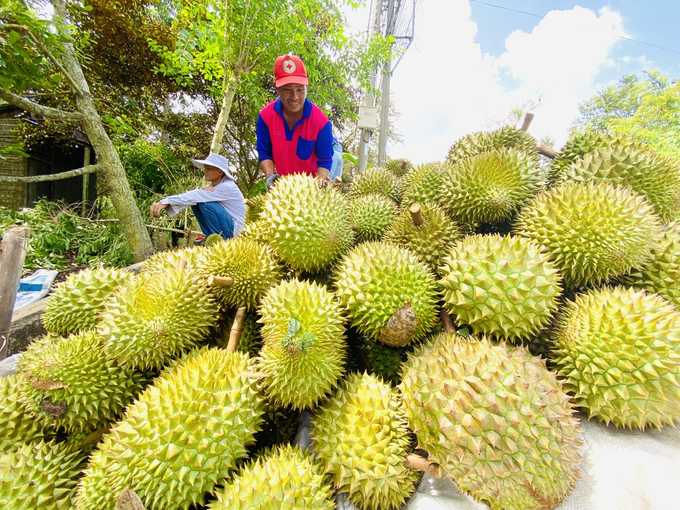
Some localities believe that the slow process of inspection and assessment for granting cultivation area codes also poses many difficulties, leading to a modest allocation of these codes. Photo: LHV.
Kien Giang Province states that it currently possesses a vast agricultural land area exceeding 400,000 hectares, with diverse crops, of which rice cultivation occupies the largest area, covering over 700,000 hectares annually. However, up to now, the newly allocated cultivation area area occupies a very small proportion, consisting of 165 granted codes with a total area of 7,072 hectares for 13 different crop types. Specifically, rice cultivation holds 118 granted area codes, covering an area of 6,043 hectares.
At certain times, the establishment of cultivation area code standards in Kien Giang was delayed for a prolonged period due to a lack of timely guidance. Currently, the province has 400 pending applications for cultivation area codes. According to regulations, entities eligible for cultivation area codes must undergo training before receiving the codes. Therefore, time is required to organize training sessions to fulfill the prerequisites for code issuance.
Hau Giang Province asserts that the development of cultivation area codes to meet the current export conditions takes a considerable amount of time. Although cultivation area codes are intended to satisfy current export requirements, farmers in many places have not effectively maintained production logs and neglected adhering to pest control regulations. This situation may lead to the risk of having their cultivation area codes revoked due to a failure to uphold production procedures and regulatory conditions.
Agricultural economists and businesses believe that there is a need to integrate and synchronize two-way cultivation area code data from the provincial to central levels into a single national database (between the Department of Crop Production and the Plant Protection Department). This is aimed at facilitating, expediting, and enhancing the effectiveness of issuing and managing cultivation area codes and packaging facilities.
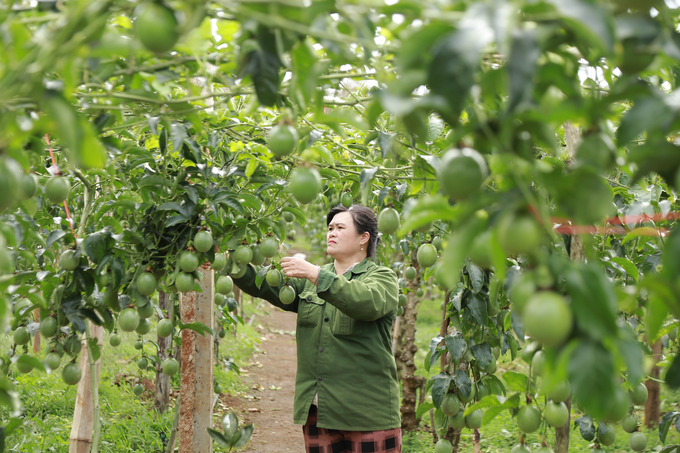
Due to a lack of thorough understanding of the regulations regarding cultivation area codes, many farmers in various places do not comply with and maintain production procedures, which could lead to the risk of having their cultivation area codes revoked. Photo: TL.
Furthermore, it is necessary to enhance the national database in order to have export product quantity information/cultivation area codes provided by exporting enterprises for local authorities to cross-reference and closely monitor the correlation between purchased quantities and exported quantities. This would help curb the situation of falsely using cultivation area codes, increase transparency in accordance with regulations regarding export quantity information.
Mr. Hoang Trung, Deputy Minister of the Ministry of Agriculture and Rural Development, stated that the leadership of the Ministry and related agencies have acknowledged all feedback and suggestions. At the same time, he affirmed that strict measures will soon be implemented to address issues of code manipulation or loose management and monitoring of codes.
Leadership of the Ministry of Agriculture and Rural Development indicated that a significant number of violation notices from importing countries, as well as cases of shipments failing to meet phytosanitary inspection requirements and not being issued plant inspection certificates at border gates, are alerting us to the need for improved management of cultivation areas and export packaging facilities.
If these violation issues persist, they will severely impact various export sectors, erode the reputation of Vietnamese agricultural products, and might even lead to the loss of hard-earned markets that required substantial effort, time, and resources to access.
Translated by Nguyen Hai Long
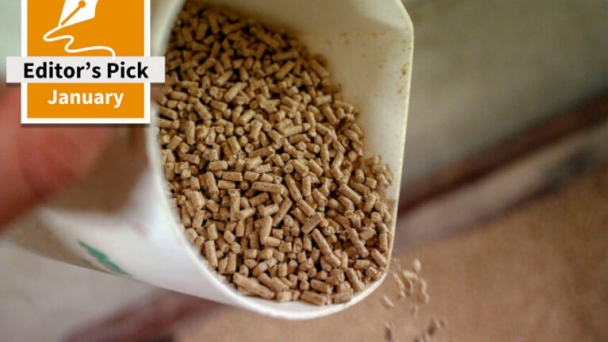
(VAN) Recent research has demonstrated the beneficial impacts of yeast and yeast-based products in providing essential nutrients, increasing feed palatability, and improving growth performance and feed utilisation.
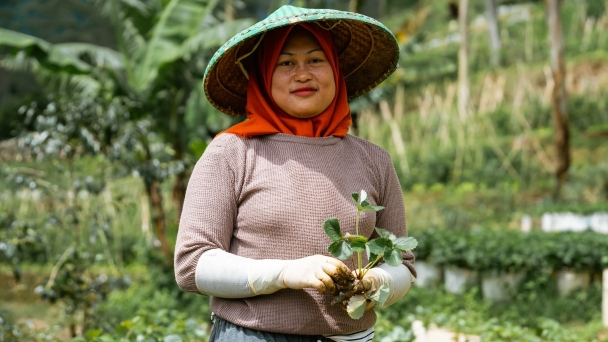
(VAN) With FAO’s support, 22 countries access financing to address biodiversity loss, land degradation, climate change, and pollution.
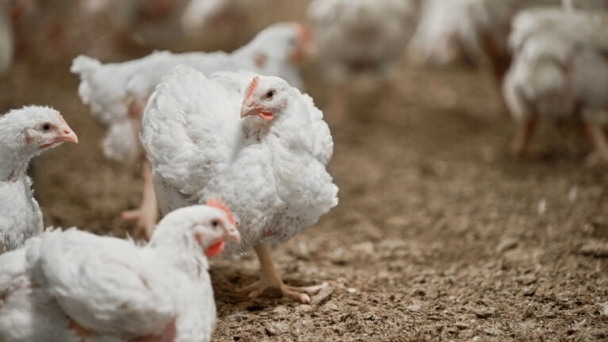
(VAN) Mineral matrix values for phytase have long been used to optimise feed, yet energy and amino acid matrices are largely ignored.
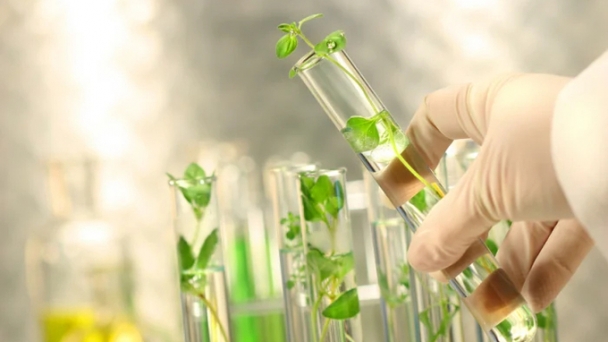
(VAN) On December 24, Deputy Prime Minister Tran Hong Ha signed Decision No. 1639/QĐ-TTg approving the project on the development of biotechnology in the field of environmental protection.
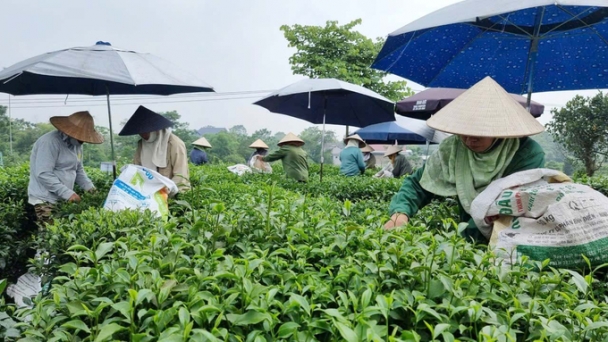
(VAN) Vietnam's tea exports to key markets in the first 11 months of 2024 saw significant increases compared to the corresponding period in 2023.

(VAN) National Grain Co., a joint venture between the Saudi Agricultural and Livestock Investment Co. (SALIC) and Bahri, inaugurated the Yanbu Grain Handling Terminal on Dec. 22 at Yanbu Commercial Port.
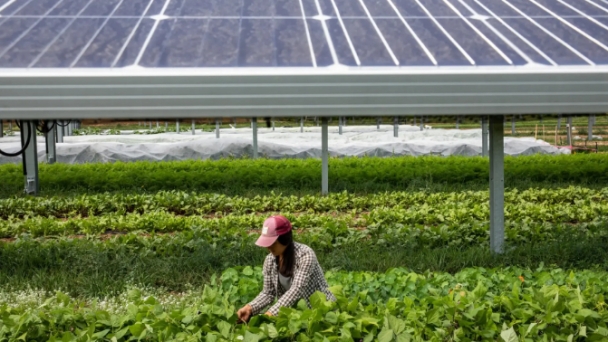
(VAN) Agrivoltaics combines solar energy and agriculture, enhancing land productivity and addressing climate change while ensuring food security.